Research Highlights
Click on a title below to view the full highlight slide.
2023 Research Highlights
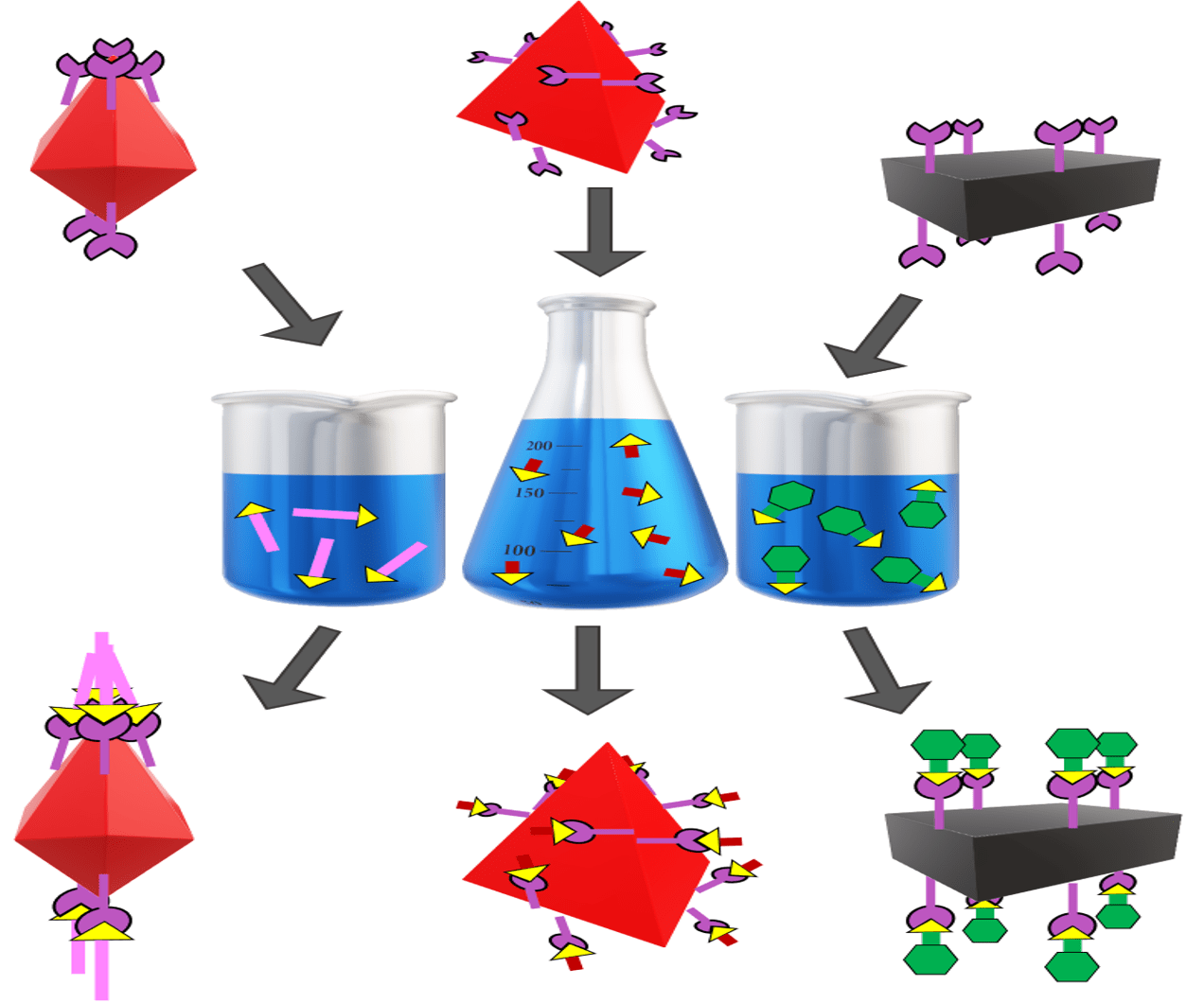
Rapid Modification of Porous Cages with Click Chemistry
Fall 2023 IRG1 Highlight
Straightforward and rapid modification techniques allow for the use of porous coordination cages in network solids, flexible adsorbents, and stimuli-responsive, peptide-based materials.
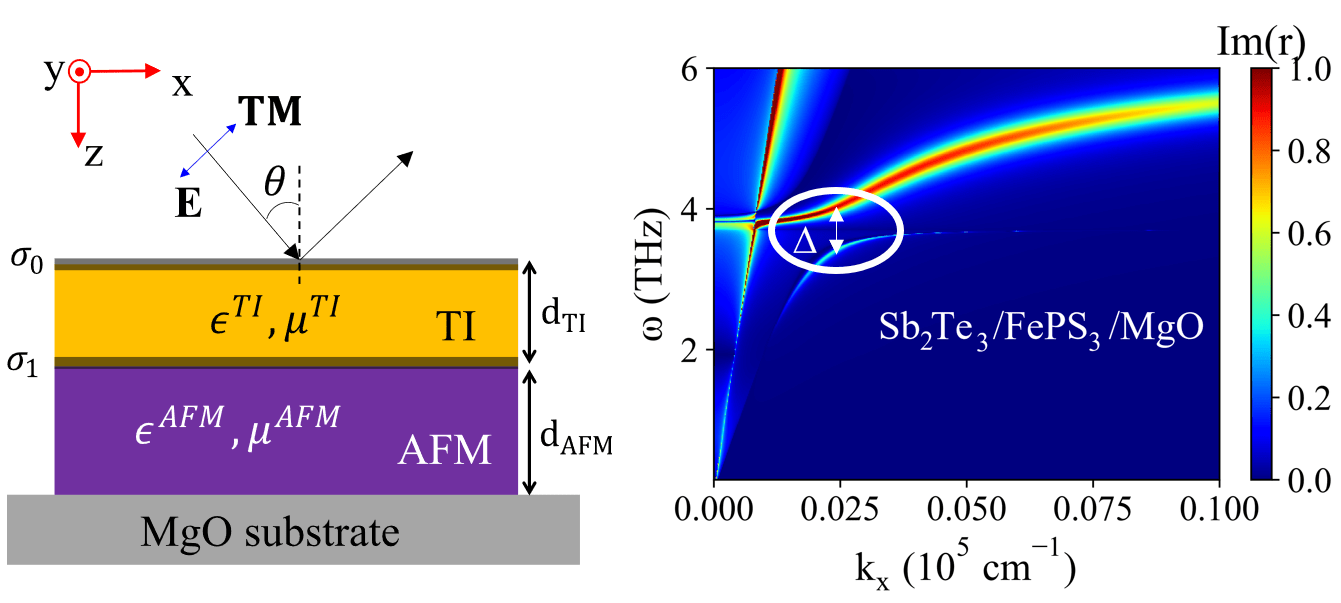
Phonon-mediated strong coupling between a three-dimensional topological insulator and a two-dimensional antiferromagnetic material
Fall 2023 IRG2 Highlight
Theoretical prediction of strong coupling between the THz excitations in a topological insulator (TI) and an antiferromagnet (AFM). Provides potential hybrid material platform for optoelectronic device applications in the THz frequency domain.
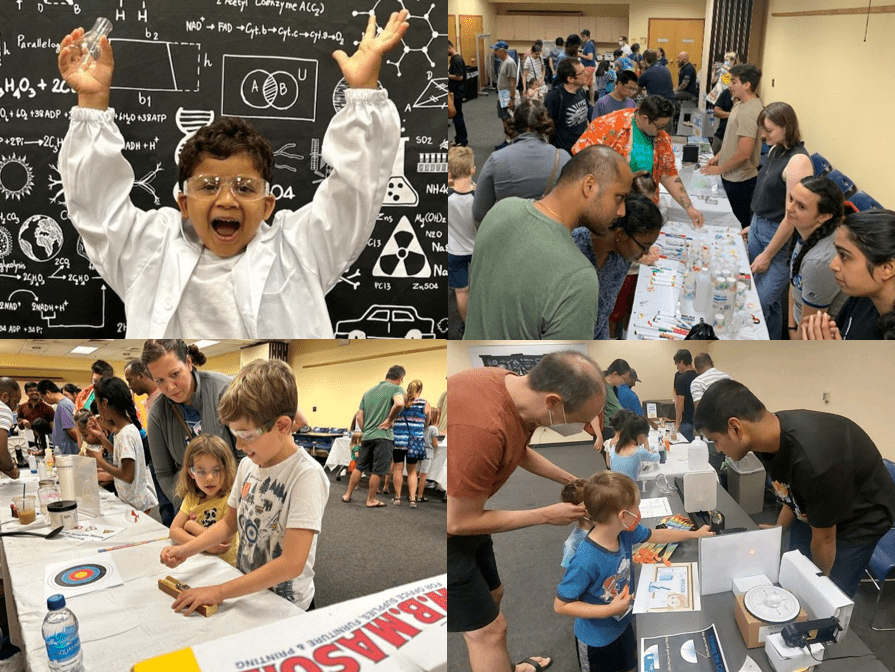
Meet a Scientist Day: hands-on demos for preK-8 students
Fall 2023 Outreach Highlight
CHARM partnered with the Newark Free library to engage our local community with experiments and demonstrations. PreK and Kindergarten students from our education partner, the University of Delaware Laboratory School, participated in the event.
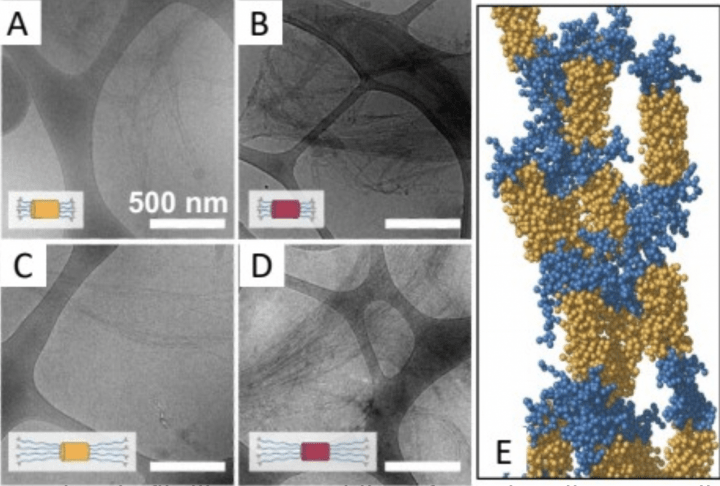
Genetic Fusion of Thermoresponsive Polypeptides Mediates 1-D Assembly of Coiled Coil Bundlemers
Spring 2023 IRG1 Highlight
The ability to thermally trigger a conformational change and collapse in a constituent resilin-like protein (RLP) provides the opportunity to build, and eventually move, a bundlemer nanostructure.
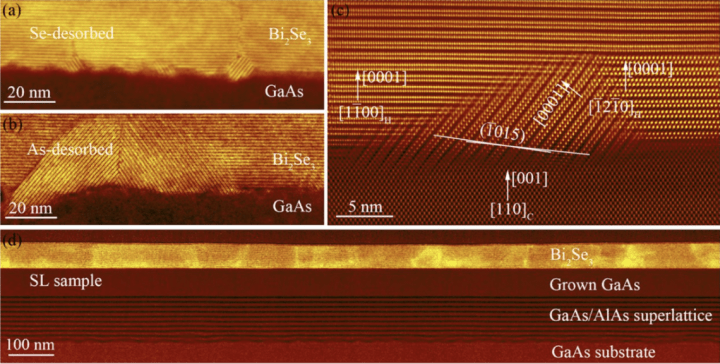
Bi₂Se₃ Growth on (001) GaAs Substrates for Terahertz Integrated Systems
Spring 2023 IRG2 Highlight
This work demonstrates that the TI vdW material Bi₂Se₃ can be grown as a single-crystalline single-orientation film on semiconductor substrates with appropriate substrate pre-treatment conditions.
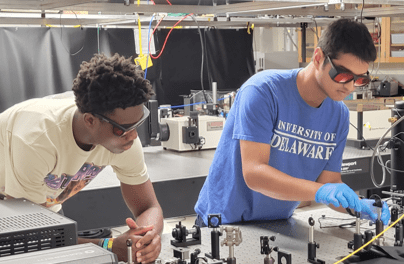
TeenSHARP high school student research experience (HighRise)
Spring 2023 Outreach Highlight
In addition to research activities, HighRise students participated in weekly HighRise workshops, had team building activities, integrated into REU programming, experienced site visits, and attended professional development seminars.
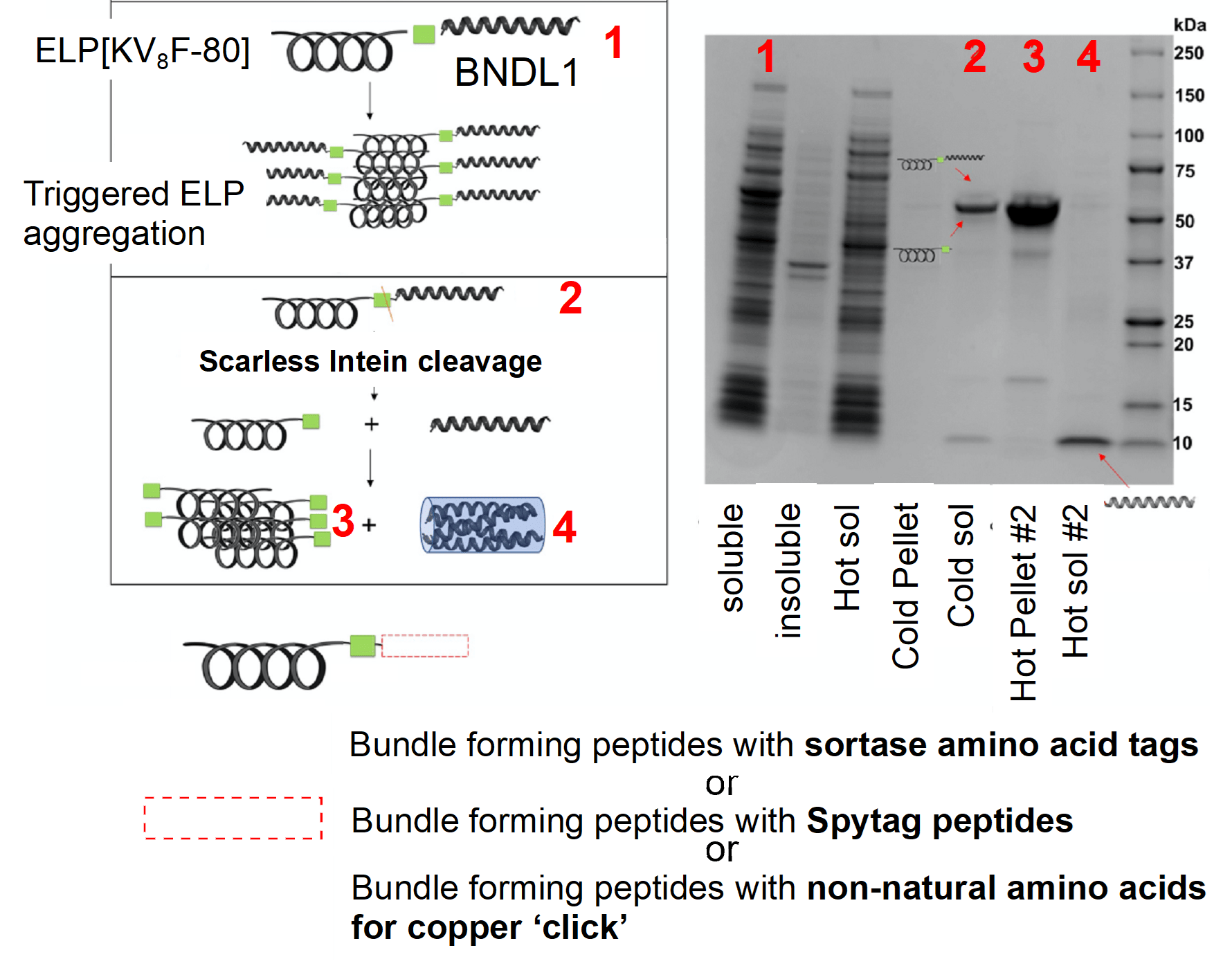
Biosynthesis of Bundlemer Peptides with New Conjugation Chemistries and No Chromatography Purification
Spring 2023 IRG1 Seed Highlight
The ability to thermally or pH trigger a collapse of elastin-like peptide (ELP) and intein linkage affords the opportunity to synthesize bundlemer building blocks via E. coli expression without the need for chromatographic (column) purification.
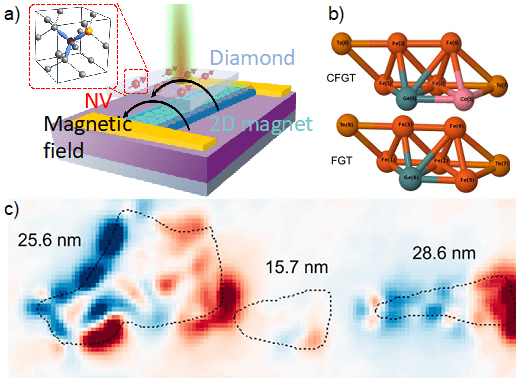
Room-temperature 2D Magnets
Spring 2023 IRG2 Seed Highlight
Employing quantum sensors based on nitrogen-vacancy (NV) center in diamond, we studied the two-dimensional (2D) magnets Fe₅GeTe₂ (FGT) and co-substituted FGT (CFGT). Our studies reveal that magnetism persists in thin flakes of these materials, down to 16 nm thick, at room temperature and above.
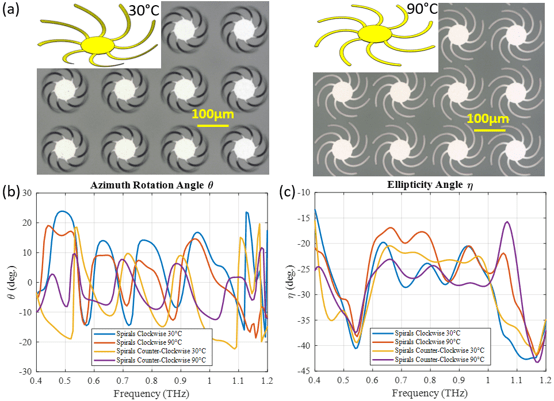
Structural Reconfigurable THz Metamaterials
Spring 2023 IRG2 Seed Highlight
Fabricated high-quality vanadium dioxide (VO₂) thin films using pulsed laser deposition in the University of Delaware Nanofabrication Facility (UDNF).
2022 Research Highlights

Monitoring the Solution Persistence of Porous Coordination Cages with Diffusion NMR Spectroscopy and Cryogenic Transmission Electron Microscopy
Fall 2022 IRG1 Highlight
Here, diffusion of NMR spectroscopy, transmission electron microscopy, and cryogenic transmission electron spectroscopy were used to characterize porous cages in solution. A combination of the methods can be used to discriminate between assembled cages as opposed to decomposed or isomerized materials while dissolved in polar organic solvents, regardless of the metal cations used in their assembly.
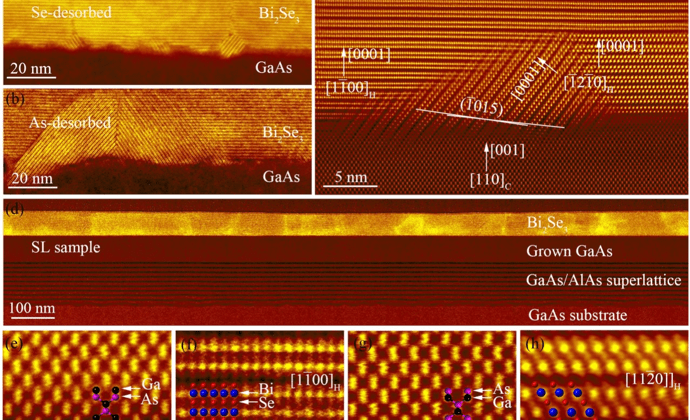
Bi₂Se₃ Growth on (001) GaAs Substrates for Terahertz Integrated Systems
Fall 2022 IRG2 Highlight
The research focus involves understanding how to integrate van der Waals materials like Bi₂Se₃ with industrially-relevant semiconductor materials like GaAs(001) using molecular beam epitaxy (MBE) for THz applications, as well as determining the chemical composition and bonding type of the Bi₂Se₃/GaAs(001) interface using density functional theory (DFT) calculations.
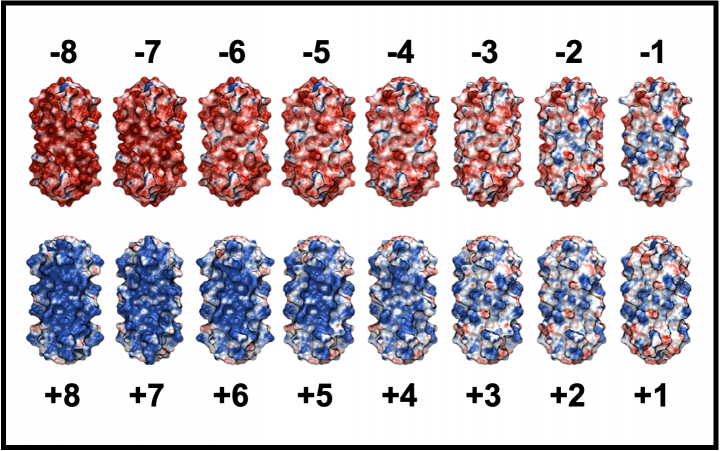
Computational Design of Tetrahelical Peptide Bundle Variants Spanning a Wide Range of Charge States
Spring 2022 IRG1 Highlight
The resarch focus of this effort involved computationally designing a homotetrameric helical bundle to have a variety of net charges. The charged bundle variants showcase how charge state can be controlled for a common peptide structure, as well as the properties of the fibril nanomaterials constructed by the peptide building blocks.

Computational Design of Tetrahelical Peptide Bundle Variants Spanning a Wide Range of Charge States
Spring 2022 IRG1 Highlight
The resarch focus of this effort involved computationally designing a homotetrameric helical bundle to have a variety of net charges. The charged bundle variants showcase how charge state can be controlled for a common peptide structure, as well as the properties of the fibril nanomaterials constructed by the peptide building blocks.
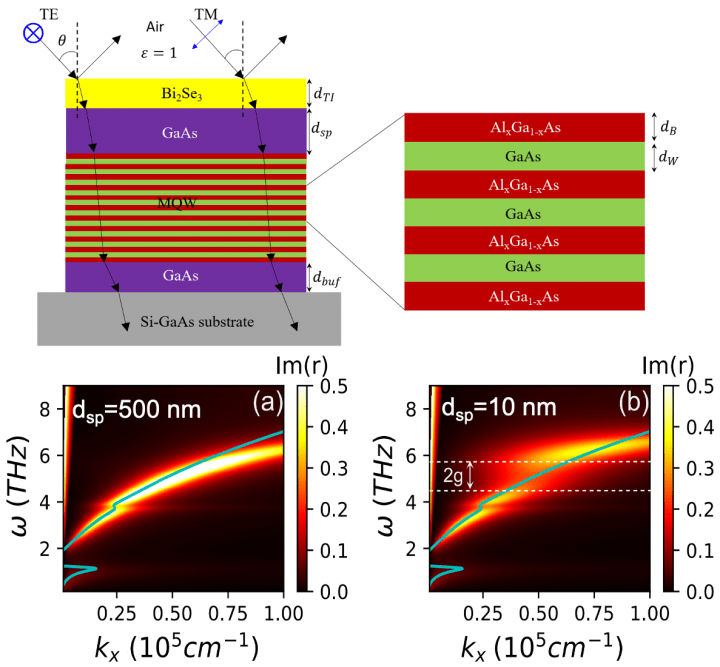
Strong coupling between a topological insulator and a III-V heterostructure at terahertz frequency
Spring 2022 IRG2 Highlight
This research focuses on theoretical prediction of strong coupling between the THz excitations in a topological insulator (TI) and a III-V quantum well, providing a potential material platform for optoelectronic device applications in the THz frequency domain.
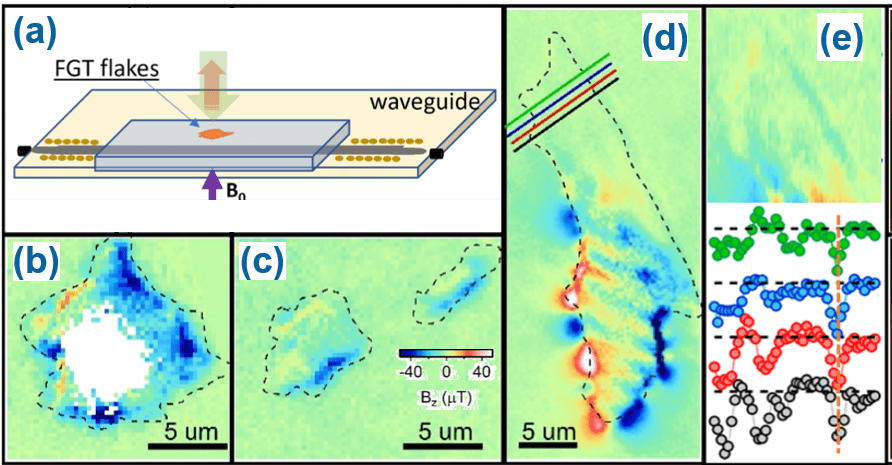
Revealing room-temperature magnetism in thin 2D magnet flakes with quantum sensing
Spring 2022 IRG2 Seed Highlight
Experimental study of two-dimensional (2D) magnet Fe₅GeTe₂ (FGT) using quantum sensors based on nitrogen-vacancy (NV) center in diamond reveals magnetism in FGT thin flake (down to 21 nm thick) even at room temperature.
2021 Research Highlights
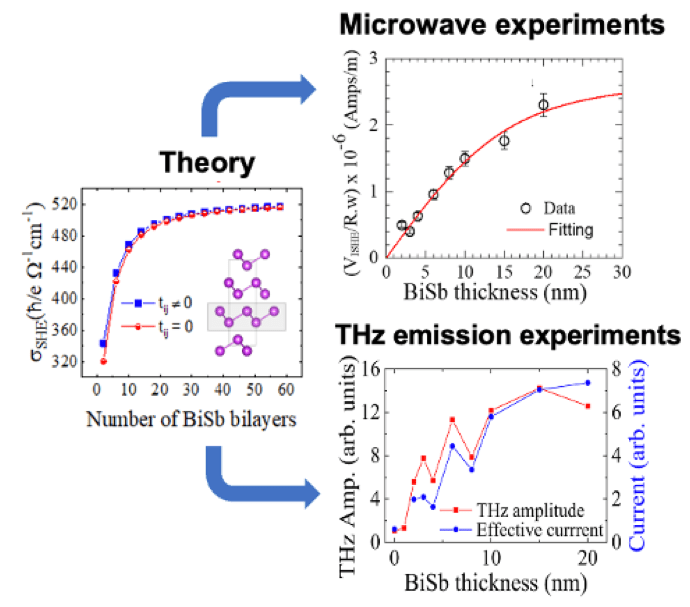
Spin-to-charge conversion in ferromagnet/ topological insulator bilayers at GHz and THz frequencies
Fall 2021 IRG2 Highlight
Experimental studies combined with theoretical calculations of spin dynamics across a wide frequency range from ~10 GHz to several THz in a novel amorphous ferromagnet (FM)/3D topological insulator (TI) (FeGaB/BiSb) system that is scalable and provides a promising platform for spin-electronic devices.
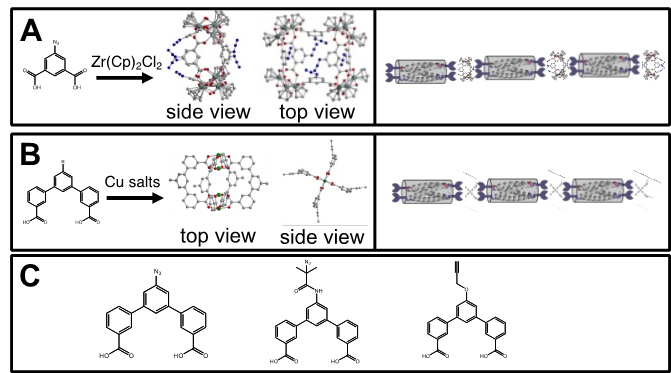
Metal Organic Framework Nodes for ‘Click’ Chemistry Bundlemer Connection
Fall 2021 IRG1 Highlight
Peptide bundle building blocks and desired metal-organic framework nodes have been functionalized with azide-alkyne copper click functionalities. The use of the copper catalyzed azide-alkyne (CuAAc) click chemistry in metal organic frameworks is, in and of itself, a novel endeavor.

Complementary Methods for Characterizing Excitations in Hybrid Materials
Spring 2021 IRG2 Highlight
The UD MRSEC team is developing and employing a suite of novel experimental characterization techniques that provide important insights into hybrid materials, in which unique properties arise due to interactions between material constituents.
